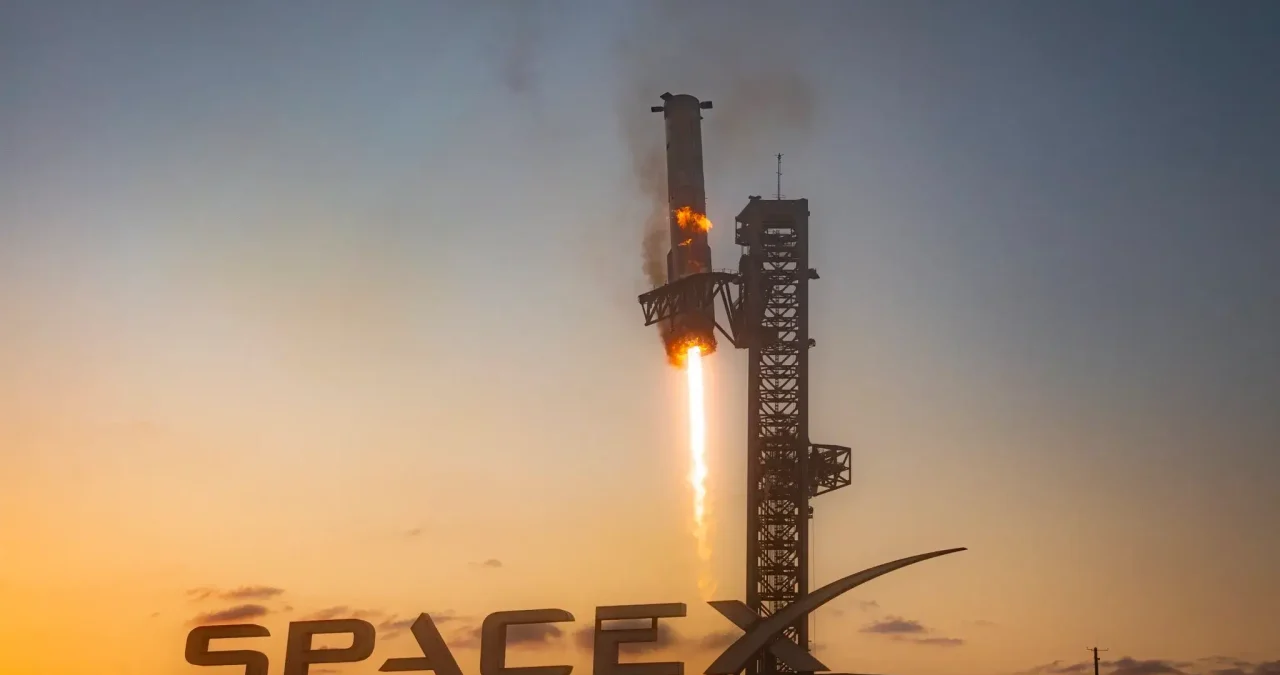FAA Investigates Starship Debris Found in Turks and Caicos Islands
SpaceX and FAA Collaborate to Investigate Starship Mishap and Debris Found in Turks and Caicos Islands Following the Recent Test Flight Failure.

Reports of Debris and Minimal Property Damage Spark Investigation
The Federal Aviation Administration (FAA) has launched an investigation following reports of debris from SpaceX’s failed Starship test flight landing in the Turks and Caicos Islands, causing minimal property damage. The incident stems from the Starship/Super Heavy test flight conducted on January 16, where the upper stage of Starship disintegrated during its ascent.
In a statement released on January 17, the FAA confirmed it is mandating SpaceX to conduct a mishap investigation to determine the cause of the vehicle’s failure. “The FAA is requiring SpaceX to perform a mishap investigation into the loss of the Starship vehicle during launch operations on Jan. 16,” the agency announced, noting no public injuries have been reported.
- Local Response to Starship Debris
Residents in the Turks and Caicos Islands have shared images online, showing what they believe to be debris from Starship, including the hexagonal tiles from the spacecraft’s thermal protection system. The National Security Secretariat of the Turks and Caicos government confirmed reports of debris and minor property damage but emphasized the absence of injuries. They advised locals to avoid handling any discovered debris and to report it to the authorities.
Dileeni Daniel-Selvaratnam, the governor of the islands, expressed concerns about the debris and emphasized collaboration with the FAA and the U.K. Space Agency to assess potential risks. “Like many across Turks and Caicos Islands, I shared the concern caused by the outfall of debris and bright colors in the sky yesterday evening,” she told local media.
- FAA’s Safety Measures During the Incident
The FAA highlighted that some debris from the Starship test fell outside the designated safety zones, prompting the activation of a Debris Response Area. This measure temporarily rerouted air traffic to ensure safety, with some flights being delayed or diverted due to low fuel levels while waiting for the airspace to be cleared.
“A Debris Response Area is activated only if the space vehicle experiences an anomaly with debris falling outside of the identified closed aircraft hazard areas,” the FAA explained. This protocol is designed to manage airspace effectively during such events.
- SpaceX’s Response and Investigation
Despite the reports, SpaceX maintains that the debris remained within the designated hazard zones. The company has yet to provide further details about the incident but confirmed that telemetry was lost about eight and a half minutes into the flight, leading to what they described as a “rapid unscheduled disassembly” due to a fire in the aft section of the vehicle.
SpaceX has pledged to collaborate with the FAA to thoroughly investigate the mishap, determine the root cause, and implement improvements for future Starship flights. “Data review is already underway as we seek out the root cause,” the company stated, emphasizing their commitment to enhancing the safety and reliability of their space missions.



